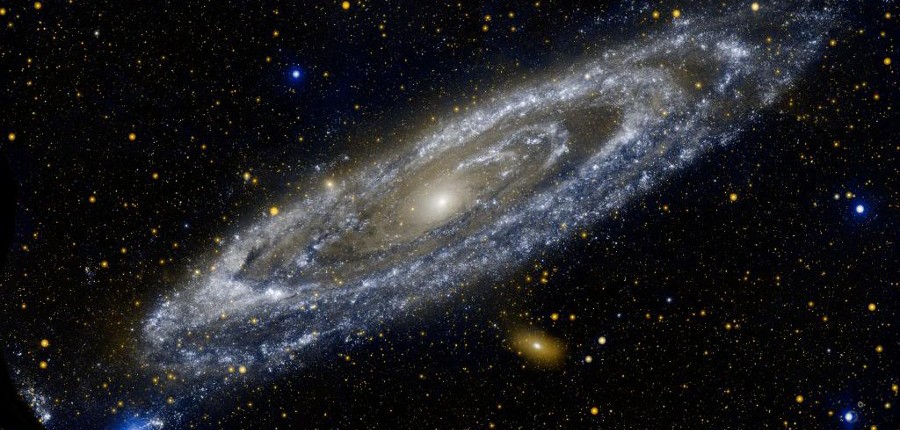Re: this Ethan Siegel article.
“If we ever want to go beyond our current understanding, any alternative theory has to not only reproduce all of our present-day successes, but to succeed where our current theories cannot. That’s why scientists are often so resistant to new ideas: not because of groupthink, dogma, or inertia, but because most new ideas never clear even the first of those epic hurdles, and are inconsistent with the established data we already possess.“
Strangely enough that is a pretty good description of why modern theoretical physics appears to be in fact quite dogmatic and inert. If new ideas can be dismissed for not immediately clearing the “epic hurdles” that theorists prescribe, then they amount to nothing more than preemptive barriers to new ideas. This greatly favors the orthodoxy.
No research funding is available for new ideas that don’t hurdle the barriers. They function as a defensive bulwark protecting the standard model from unorthodox incursions.
The only new ideas that are quickly adopted are those that fit the old model to new data. The favored model can be continuously revised (new epicycles, dark matter, etc.) into agreement with unpredicted new data. The “epic hurdles” only apply to new ideas that challenge the orthodoxy. New ideas needed to salvage the old model are adopted without reservation.
And so here we are, stuck with a cosmological model that is in an exactly analogous situation to that which existed with respect to Ptolemaic Cosmology prior to Kepler. Ptolemy’s model could be massaged into agreement with most observations and repeatedly tinkered into agreement with new, more accurate data, but only to some degree. So it is with the Big Bang model. Math is like that, but math is not physics.
Like PC, the BB model has at its core two fundamental misperceptions about the nature of physical reality. PC assumed geocentrism and that bodies orbited the earth in perfect circles. Only once geocentrism and perfect circles were set aside could science advance.
The two misperceptions underlying the BB are first, that the Cosmos can be mathematically modeled as a simple, unitary, simultaneously-existing entity – a Universe. Secondly, the observed cosmological redshift can be attributed to some form of recessional velocity. The inevitable consequence of those assumptions is an Expanding Universe model – the BB.
The first assumption has been falsified by known physics. The speed of light has a finite maximum such that it requires light from the most distant objects we currently observe more than 10 billion years to reach us. It therefore follows that we have no knowledge of the simultaneous state of the Universe because it is physically impossible to have such knowledge. It is a metaphysical conceit, not a demonstrable scientific fact, that such a Universe even exists.
The second assumption is false because it depends on the first being true. It is meaningless to assume something that requires something that does not exist (the Universe) to have a property (expansion) that cannot possibly be observed.
As was the case in Kepler’s time, the only solution to the dogmatic inertia that cripples modern cosmology is to discard the foundational assumptions of the standard model and start over, by rigorously assessing the data on hand without the distorting blinders of the old model.
Over the last century there has been an enormous increase in our knowledge of the Cosmos but due to the dogmatic inertia of the scientific academy all of that new knowledge has not generated any new ideas because it has all been run through the meat-grinder of the standard model. The result has been a dogmatic and inert BB model that describes in excruciating detail a Universe that does not exist and bears no resemblance to the Cosmos we actually observe.
Kepler had an advantage that modern researchers do not – he was not dependent on the dogmatic and inert modern scientific academy for funding. Modern cosmology will remain an unscientific digression into prescientific orthodoxy until it’s research funding is driven by the physics researchers investigating, by observation and measurement, physical reality.
Theoretical modelers in such a system would be required to produce models that reflect the physical phenomenon uncovered by physics researchers. The math must follow the physics if cosmology is to be a science.
The failed Big Bang model needs to be consigned to the dust bin of history where it can serve as an object lesson in how not to do science.

You obviously are right, another issue underlying the current stagnation is the assumption that theories can have unlimited range of applicability but that has already showed to be false, first because theories assumptions are impossible to validate with unlimited range of applicability and second because theories always are built and tested on very simple conditions/complexity. Not by chance it has been showed that complexity always impose a limit to the applicability range of any theory, strong emergence is a reality that naive reductionists refuse to acknowledge, a theory of everything is an unreachable dream and ultimately it goes against an objective approach to reality.